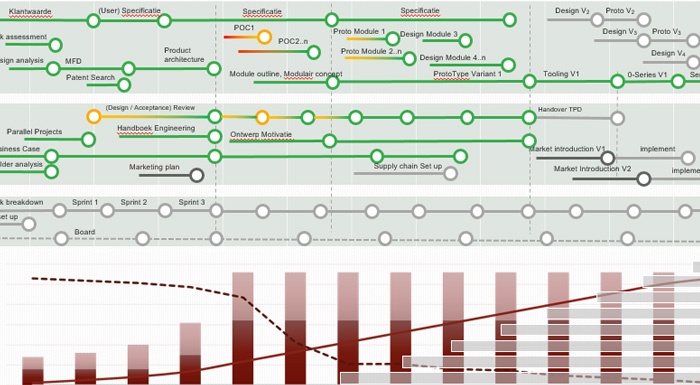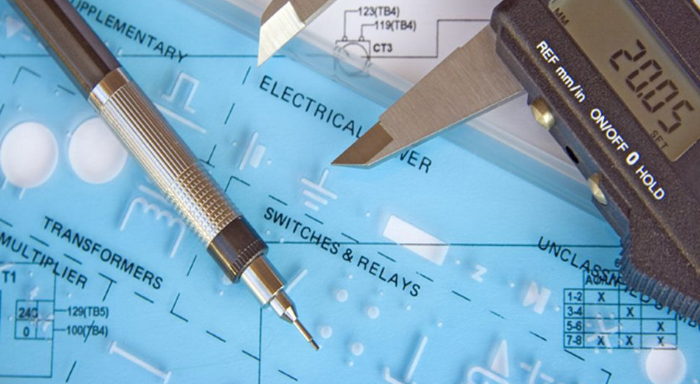
Smart customization is regarded as the success formula for OEM developers in machine and equipment construction who have to compete with low-cost machine builders.
The process of organising smart customization consists of several steps. In the first part of this two-part article, I discussed the first steps: formulating the problem definition, setting goals and carrying out the portfolio analysis.
In this second article I will discuss the remaining 3 steps.
After carrying out the portfolio analysis, we can continue with setting up the portfolio strategy, implementing the MFD analysis and setting up a product roadmap.
I will explain these steps in this article.
Setting up the portfolio strategy
The portfolio analysis is the basis for determining a new portfolio strategy. The first question here is where the identified preferences of the client come from. This can be determined with a so-called 3C-session in which the product portfolio is studied from three perspectives/Cs: Company, Client and Competitor. Central question: where lays the strength of the present product portfolio with regard to that of the competition?
For this reason, we assess the various configurations with their options in terms of the well-known Treacy & Wiersema model:
- operational excellence (runtime, costs);
- product leadership (technology, performance);
- customer intimacy (variation, flexibility).
It is especially interesting to see on which aspects a certain option scores better than that of the competition and which range of design parameters goes with that. This information can be used as input for the follow-up phase in which concrete modules, or boundaries between modules, which connect with market demand the best, are determined.
Carrying out the MFD analysis
MFD means modular function deployment. The most important part of creating a smart and flexible product portfolio is carrying out a MFD analysis. This analysis is made up of five steps, which don’t always get the same amount of attention. But for a well thought out result it is, however, desirable to explicitly go through all steps.
Step 1: defining customer requirements
Step 2: determining function decomposition
Step 3: generating module concepts
Step 4: evaluating module concepts
Step 5: specifying modules
Setting up a product roadmap
The result of the MFD analysis is a product architecture that clearly shows the modules the machine is made up of, how many variants each module has, and what the standard parts and the order-specific parts are. This product architecture is the basis for internal communication and therefore must generate the support for modularisation, the switch to modularly built product families.
Realising a road map this way, needs a project-based approach by means of a product roadmap. In this roadmap certain milestones are defined, but also a phasing for the launch of modules, and priorities are determined on the basis of a share in client-specificity, time-to-market, etcetera. The road towards a smart and flexible product portfolio is travelled modularly.
Do you want to know more about modular designing? Please get in contact.











